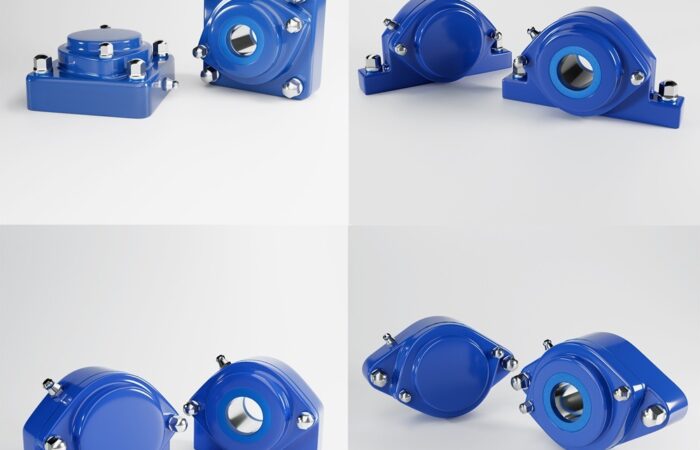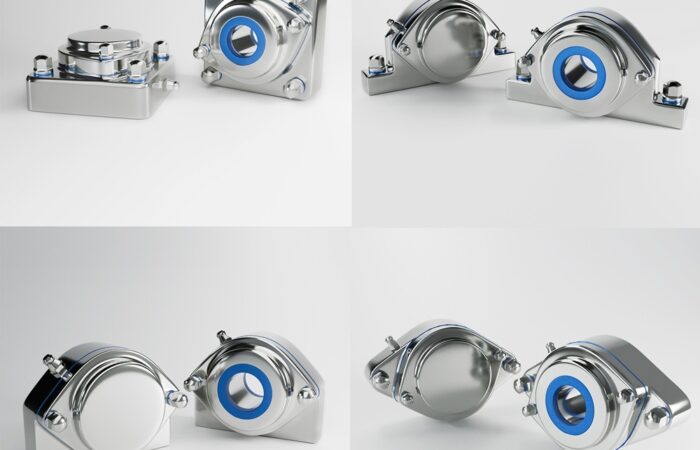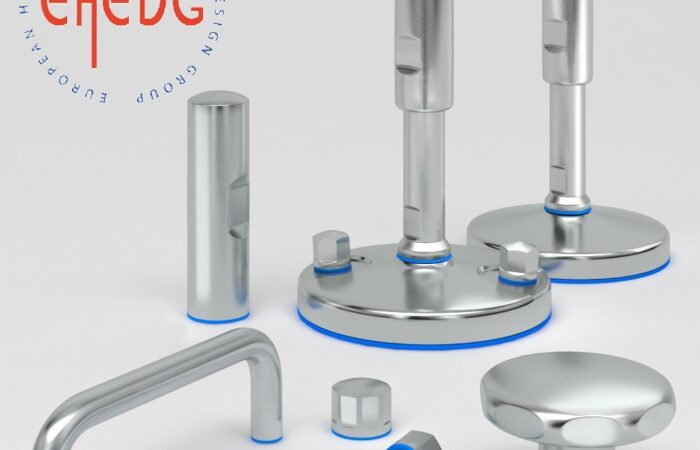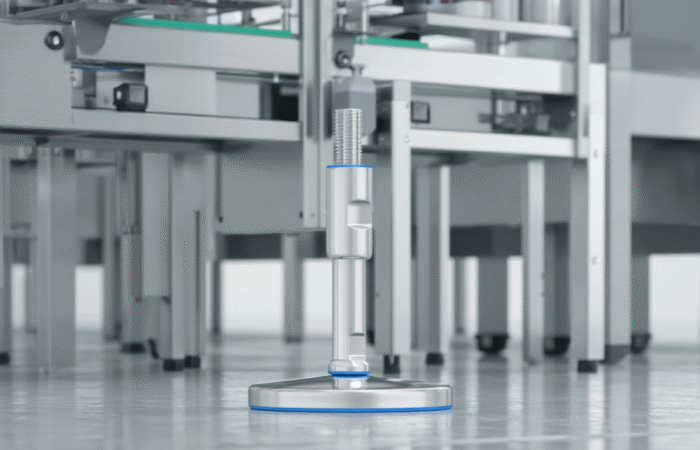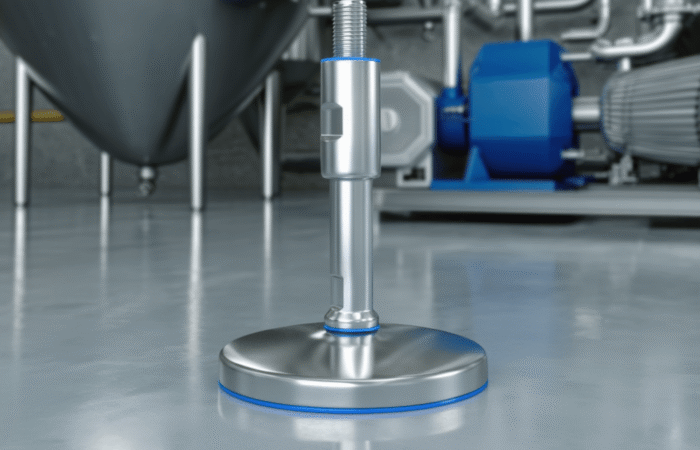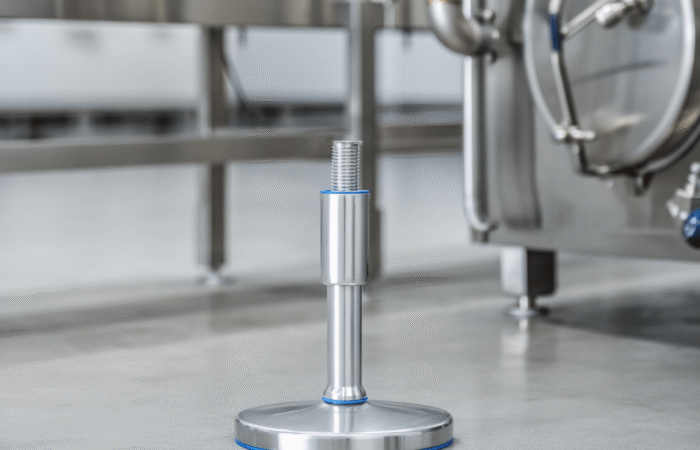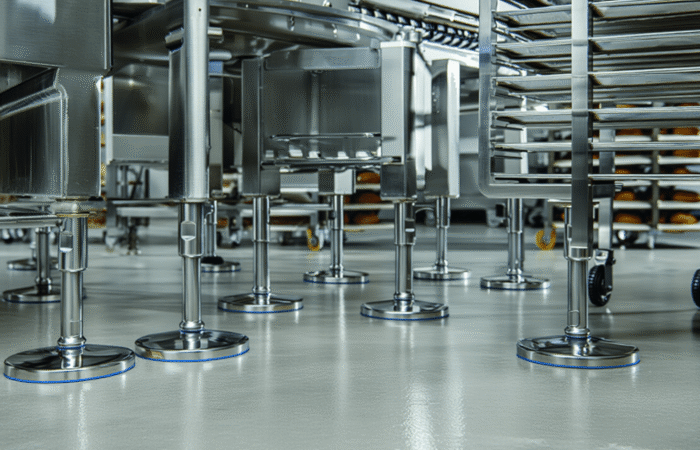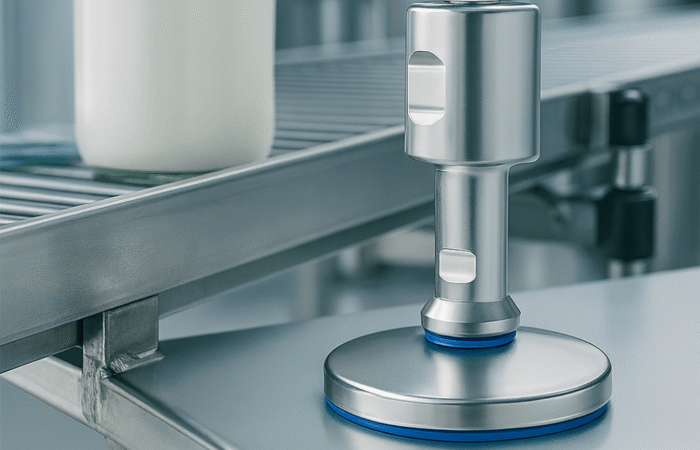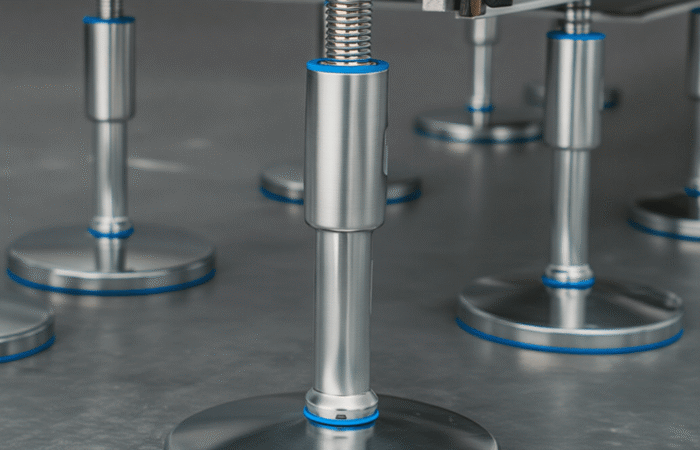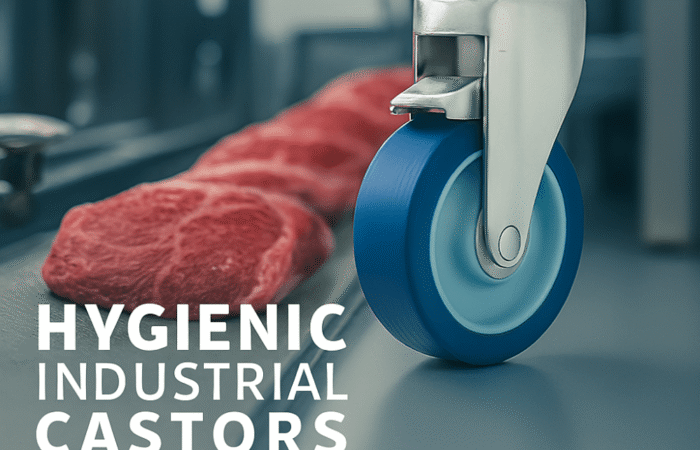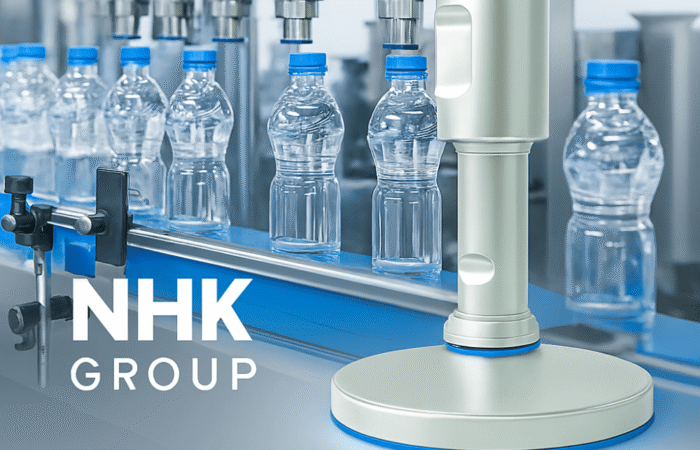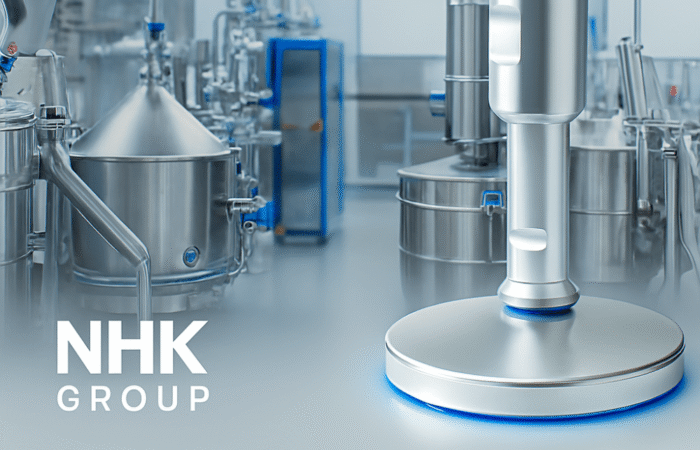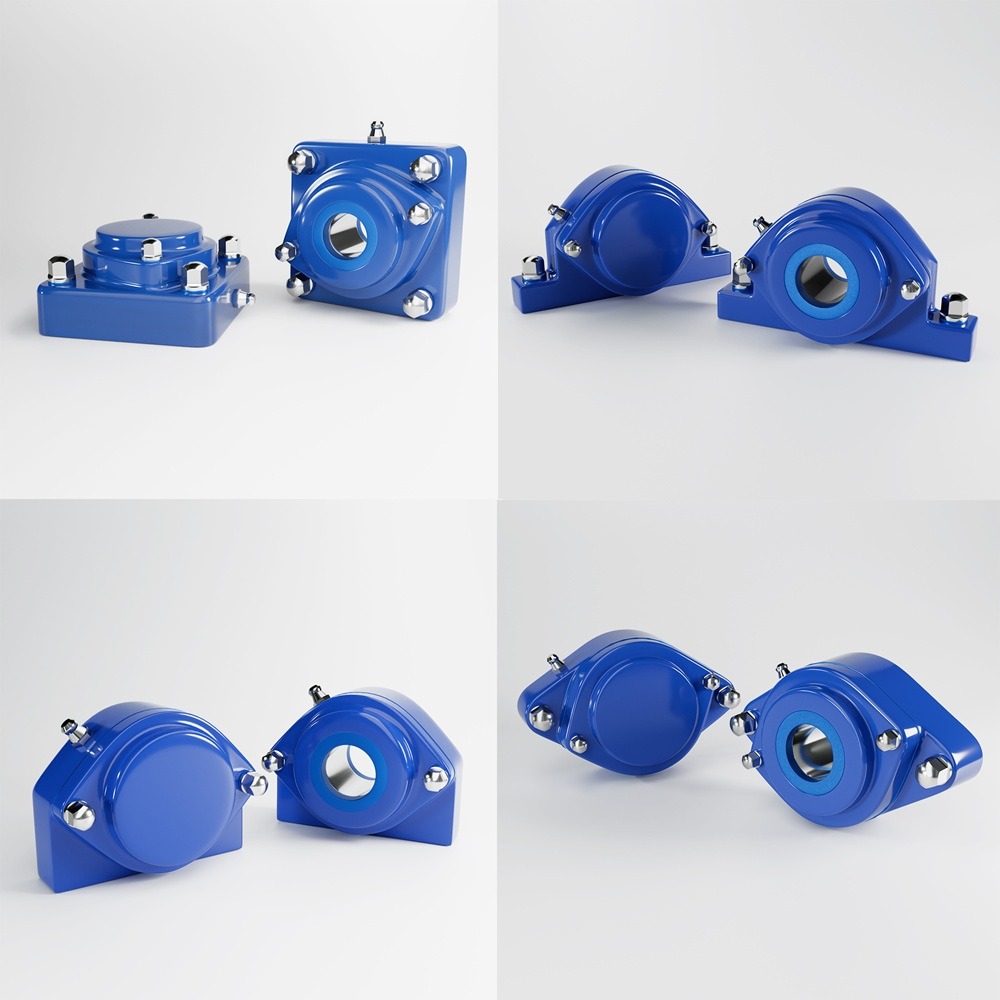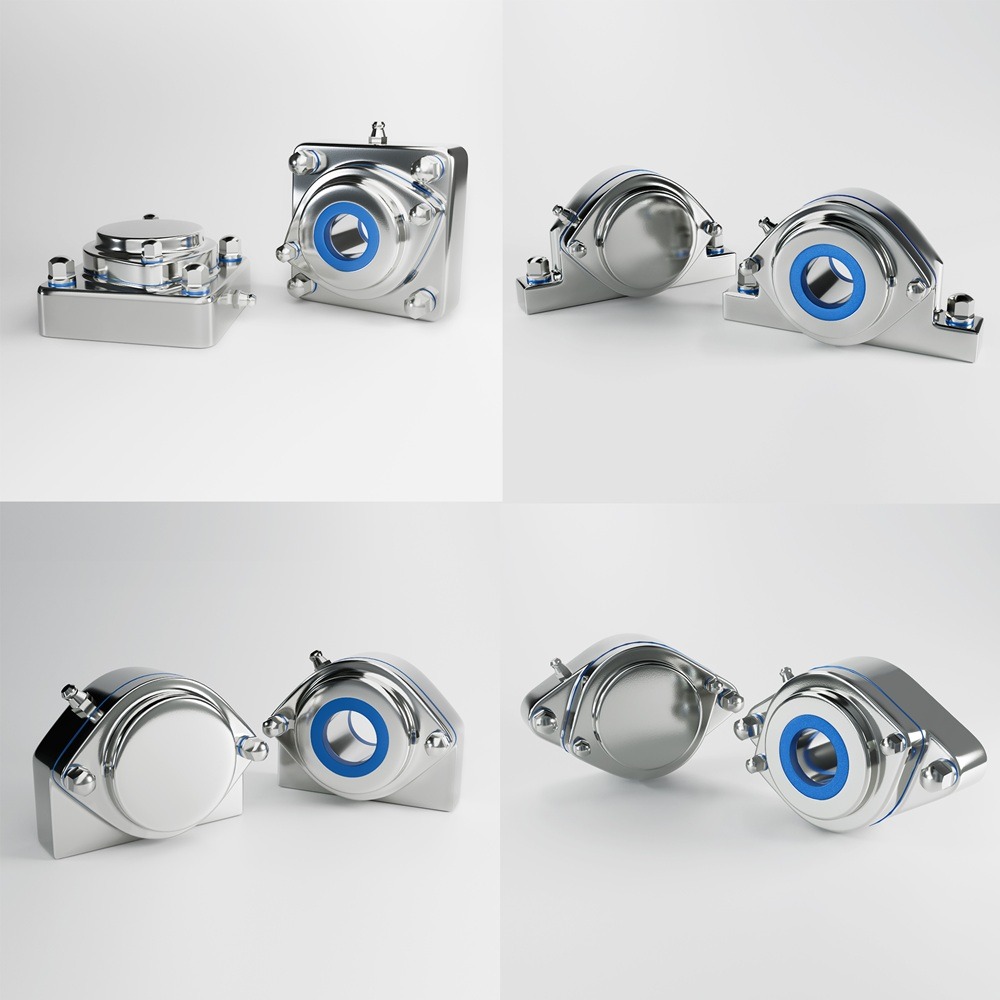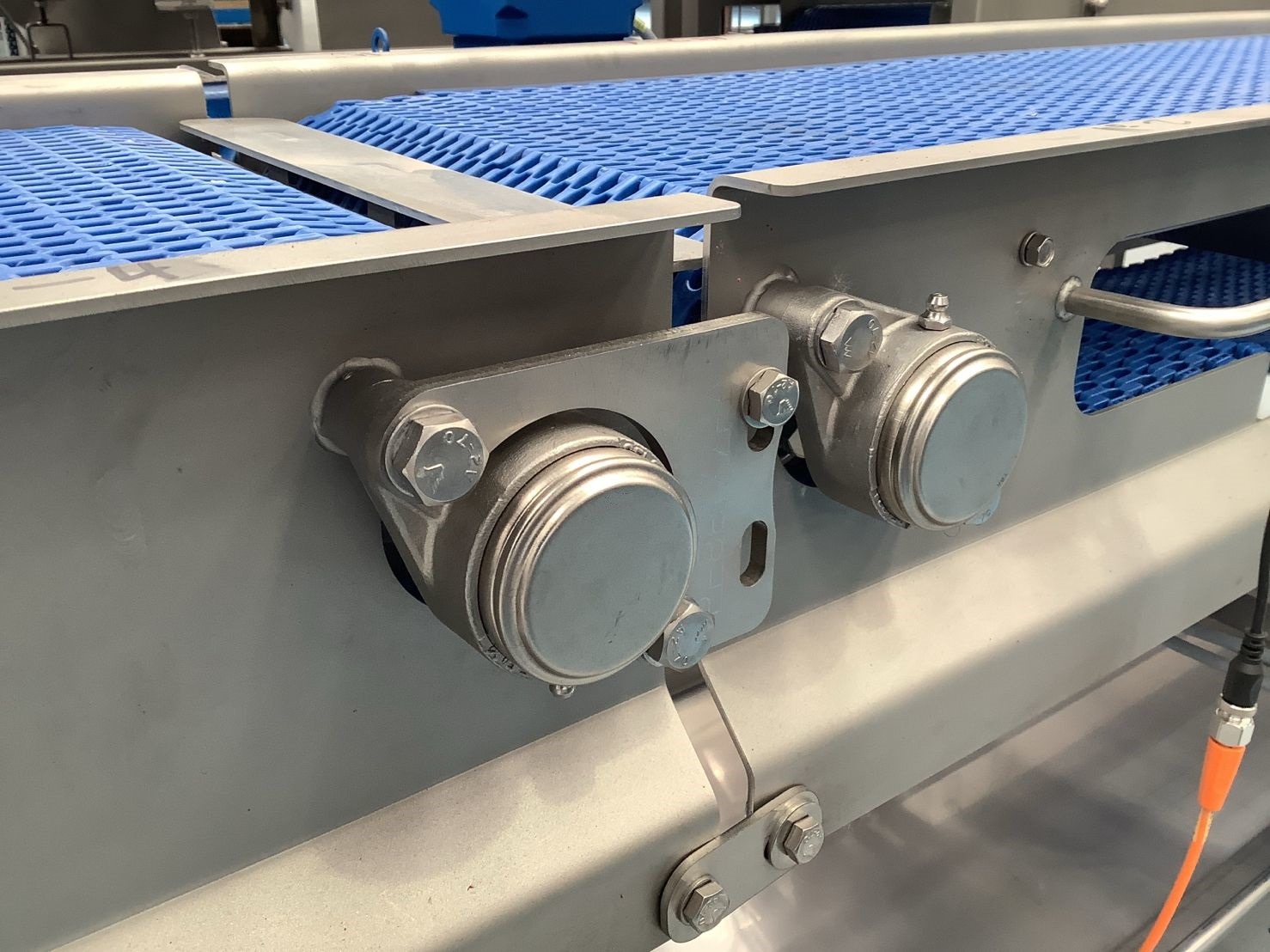
Challenges Implementing IP69K Bearing Unit Houses
Implementing IP69K bearing unit housing offers numerous advantages, especially in terms of durability and hygiene, but it also comes with specific challenges. While IP69K housing offers superior protection against dust and high-pressure water, it comes with its own set of challenges. The initial cost of IP69K components can be significantly higher than standard enclosures, which can impact budget considerations for many companies. Additionally, the complex design and material requirements needed to achieve IP69K certification may limit the availability of compatible components. Maintenance and repair can also be more challenging, as specialized knowledge and tools may be required. Furthermore, the increased weight and size of IP69K housings could pose installation challenges in applications with limited space or weight constraints. Here are some common challenges faced by industries using IP69K housing: While IP69K bearing unit housings provide exceptional protection and reliability, companies must address several challenges when implementing these solutions. By understanding these challenges and developing strategies to overcome them, businesses can maximize the benefits of IP69K housings, ensuring optimal performance and compliance in demanding environments. Careful planning, investment in training and resources, and collaboration with experienced suppliers can help mitigate these challenges effectively. Implementing IP69K housing presents challenges such as increased costs due to specialized materials and design requirements. The limited availability of compatible components can hinder integration. Additionally, installation can be difficult in space-constrained areas, and maintenance requires specialized skills. These factors can complicate equipment upgrades and increase operational complexity. Industrial machinery requires precision-engineered components that meet exacting standards for durability, safety, and performance. This comprehensive guide explores the essential machinery parts that drive modern manufacturing across food processing, packaging, and chemical industries. Understanding the difference between Plummer Blocks and Flange Bearing Units is crucial for engineers and procurement professionals seeking to optimize equipment longevity. Pillow block bearings, also known as plummer blocks, are self-aligning bearing units that simplify installation and significantly reduce maintenance costs. These versatile components mount on machine frames and support rotating shafts with exceptional precision, ensuring smooth operation in demanding industrial environments. Flange bearing units offer a more compact alternative, featuring integrated flanges that enable direct mounting to flat surfaces without additional hardware. Both designs come in various materials, including stainless steel grades optimized for corrosive environments and food-grade applications where hygiene is paramount. The importance of material selection cannot be overstated in machinery design. 440 Grade Steel and 420 grades offer distinctly different properties suited to specific applications and environmental conditions. The 440 stainless steel variant provides superior hardness and exceptional edge retention, making it ideal for cutting tools and high-wear applications requiring maximum durability. Meanwhile, 420 stainless steel offers better corrosion resistance and is preferred in food processing equipment where chemical exposure is common. Hygienic stainless steel components have become essential in food machinery, meeting EHEDG standards and facilitating rapid equipment cleaning required in modern food production facilities. Understanding ingress protection ratings is equally critical for machinery durability and operational reliability. IP67 rating ensures protection against dust and temporary water immersion, while IP68 rating provides complete dust protection and sustained water immersion capabilities for submerged operations. The IP69K standard represents the highest protection level, specifically designed for high-pressure wash-down environments found in industrial food processing facilities. These ratings define how effectively machinery components withstand environmental challenges and maintain performance. Modern industrial facilities increasingly demand equipment that combines high performance with ease of maintenance and sanitation. The choice between different bearing types depends on operational requirements, environmental conditions, and budget constraints. Proper component selection ensures extended equipment lifespan, reduced downtime, and improved operational efficiency.Implementing IP69K bearing unit housing offers numerous advantages
IP69K Waterproof bearing house units
1. High Initial Cost
2. Complex Installation Requirements
3. Maintenance and Repair Complexity
4. Compatibility with Existing Systems
5. Potential Over-Specification
6. Environmental Conditions
7. Limited Supplier Options
8. Weight and Size
9. Heat Management
10. Frequent Updates and Standards Compliance
Sealed IP69K Stainless Steel Bearing Units
Bearing units in IP69K composite housing
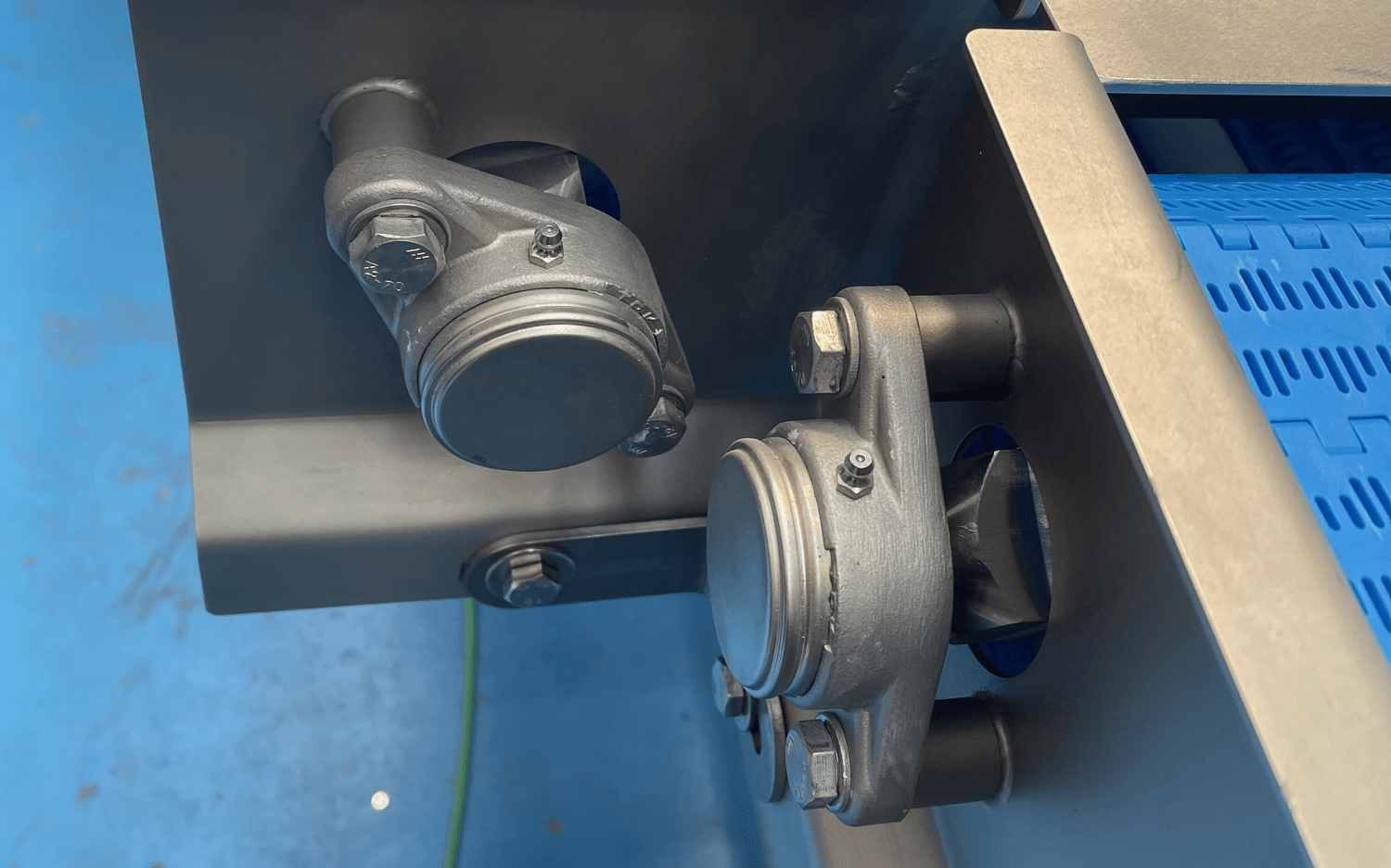
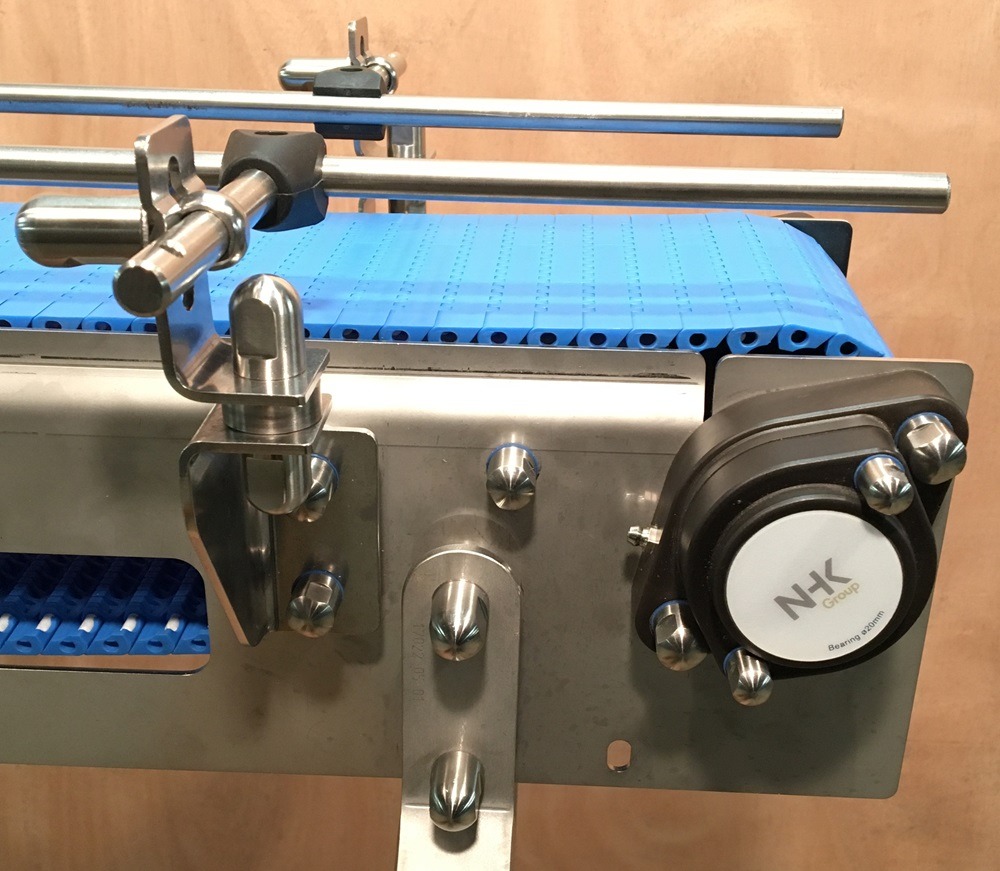
Contact
Understanding Machinery Components & Protection Standards
